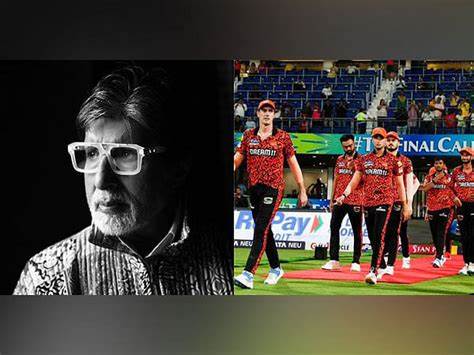In coach Craig Fulton’s opinion, “perfect hockey” does not exist. However, considering their recent Asia Cup success, this will be as close to ideal as India can get.
In the context of Indian hockey, the following words are rarely used combined in a same sentence: a brutal, unafraid effort in a major championship game. We haven’t seen Craig Fulton’s side avatar in a long time. It may have been a few years since the Asian Games final when they last delivered this type of faultless performance, or wire-to-wire dominance, as Formula 1 refers to it.
India, which stumbled to open their Asia Cup campaign in Rajgir, won the continental crown for the first time since 2017 after shedding turmoil and embracing control to defeat Korea, the only team to hold them in this tournament, 4-1. By completing this, the Olympic bronze medalists secured their spot in the World Cup in the Netherlands and Belgium in August of next year.
According to Fulton, “perfect hockey” does not exist. But this will be as near to ideal as they can make it.
The only time the Koreans could move the ball freely without an Indian shirt pressing down on them was during the push-back. And that lasted only ten seconds. Harmanpreet Singh and Lee Jungjun, the two leaders of India, faced each other for the first time during the game when they seized control. Landing a crunching tackle on the opponent’s best player to demonstrate their seriousness is one of the traditional mind-game tactics that teams frequently use. There was no need for Harmanpreet to go physical. The Koreans would have been psychologically destroyed by what he did.
Harmanpreet showed him one way and went the other—a traditional dummy to leave him stranded—while Jungjun was making himself large to halt his counterpart and holding the ball at his stick. Sumit cleverly tracked back to give Harmanpreet a passing option, which left Jungjun perplexed and unsure of whether to block the passing line to Sumit or keep chasing Harmanpreet. By selecting the former, he allowed the Indian captain more room to advance.
Harmanpreet slammed the ball towards Sukhjeet Singh inside the D after selling another dummy, this time to Oh Seyong, who was utterly caught off guard. After gaining possession with one touch, the Indian forward unleashed a powerful tomahawk to give India the lead. The mood of this team was Indian. A stunning combination of delight, flair, and rhythm.
Enhancing each game
This sort of dominance was perhaps anticipated from the Indians from the very first day of the Asia Cup. However, the sluggish start, which followed seven losses in eight games during the Pro League’s European leg, raised questions about Fulton’s team’s readiness and the future of a few players who appear to have outlived their usefulness.
Those doubts will persist; a victory in the Asia Cup shouldn’t deflect attention from the World Cup and the 2028 Olympics. However, the title serves to further solidify Hockey India’s confidence in the team’s leadership.
Dilip Tirkey, the president of Hockey India, seemed at ease fifteen minutes prior to Sunday’s final and discussed Fulton’s full support until at least the Asian Games the following year. In Indian hockey, which has long implemented the “revolving doors” strategy with regard to coaches, it is unusual to see this level of confidence prior to a major final and to express faith in a coach.
With the exception of the Pro League, which was an uncommon outlier, India has demonstrated something new in every tournament under Fulton. This also applied to the Asia Cup.
India improved throughout each game, displayed tactical adaptability, and learned from each opponent they faced. Kazakhstan, even the humble country. Perceived as a simple training exercise, India scored 15 in that contest. However, that game gave Dilpreet Singh, who had been without a goal for a long time, a taste of scoring. In addition to his goal against China in the virtual semifinal, he scored two more on Sunday.
India could have scored many more goals, but they only managed four. Although the players were the same, this team looked different from the one that was defeated by the same Korean team five days prior in a painful 2-2 draw. From the very first whistle on Sunday night, they were more focused, better-coordinated, and far more in control.
Once more, Harmanpreet organized the defense and planned attacks. The young Rajinder Singh, who has developed into a creative force, showed off his versatility and pirouetted elegantly around the Korean defense, creating opportunity after opportunity. Inside the shooting circle, where Sukhjeet was once again a continual threat, Abhishek continued to pose a threat.
India used so much pressure on Korea that they hardly had a chance to score. Korea’s offense was ineffective, with the exception of a brief period in the 40th minute when they won consecutive penalty corners. They were deftly pushed toward the open sections of the field, and the Indian defenders quickly stopped any effort to rush inside the D by bending low and maintaining composure, preventing any mistakes.
The only time India’s defense let up was when they gave up a goal in the last quarter. However, the nerves were never actually frayed. It was as composed and unflappable a performance as one could expect from a team that has a long history of being anything but. This represented the height of Fulton’s power.




